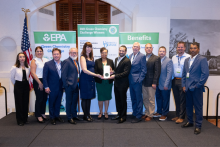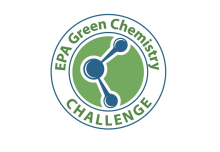Innovating Everyday Chemicals with Green Chemistry: More Sustainable Lubricants, Solvents, and Fertilizers
Chemists across the industry and academia are driving innovation by integrating green chemistry and engineering principles into the design, manufacturing, and processes of chemicals. Join three recipients of the 2024 Green Chemistry Challenge Awards—a collaboration between the U.S. Environmental Protection Agency’s Office of Chemical Safety and Pollution Prevention and the American Chemical Society’s Green Chemistry Institute—as they share their impactful scientific achievements.





